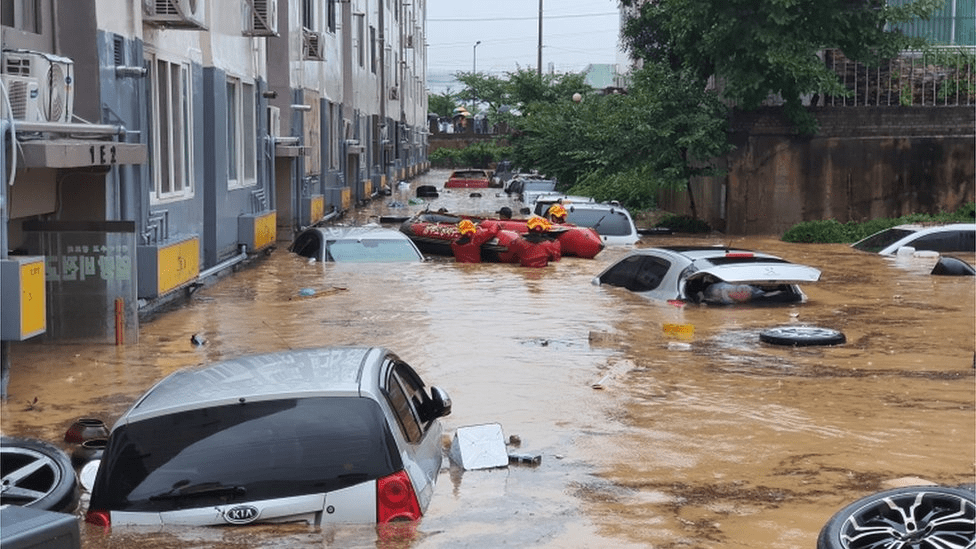
The estimated insurance losses from the unexpectedly severe floods in South Korea insurance will place pressure on the financial performance of the country’s non-life insurers, Fitch Ratings says.
Preliminary industry estimates indicate that insurance claims from the flooding, which has not abated due to the continued downpour, are likely to exceed KRW150 billion, or less than 0.2% of Korea’s entire non-life direct premiums written (including long-term businesses) in 2021.
Twelve motor insurers received more than 9,100 cases of motor damage claims as of 11 August, with an estimated loss of KRW127 billion, according to the General Insurance Association of Korea.
The torrential rain, which started on 8 August, has registered the highest hourly rainfall figures since Korea’s weather observations commenced more than 100 years ago.
The heavy rainfall has caused unprecedented flooding in various parts of Seoul, Gyeonggi Province and Incheon, with the Gangnam area being one of the worst hit. The flood has damaged motor vehicles, properties and paralysed train and subway services in the affected areas.
Fitch believes the flooding losses, stemming primarily from motor vehicle damages, will be material to the non-life insurance industry as estimated claims continue to develop. The motor business constituted about 21% of total non-life premiums written (including long-term businesses) in 2021.

Flooding risk associated with motor insurance is underwritten on a commercial basis. We expect direct insurers to recover part of their insured losses from the floods from reinsurers, contingent on their reinsurance arrangements in terms of the structure, coverage limits and exclusions.
The average risk-retention ratio for the motor business of the non-life insurers was 92% in 2021. Direct insurers may have to absorb larger claims if they have not made arrangements for catastrophe coverage on their portfolios.
According to Global Insurance Markets Trends and Forcasts for Life & Non-Life Insurance, the average regulatory risk-based capital ratio for the non-life industry was 210% at end-March 2022, above the regulatory minimum of 100%. The availability of a capital buffer, which varies from company to company, would also provide some much needed relief to cushion flood losses.
We also think that it is becoming increasingly critical for insurers and reinsurers to be equipped with appropriate risk-modelling or catastrophe-management frameworks as climate patterns evolve to quantify potential natural hazard losses for selection, underwriting, premium pricing or capital management (see 5 Largest Natural Catastrophes).
The increased frequency of natural disasters has led to a notable increase in the number and size of claims related to changes in climate patterns across the globe.
In addition, the Korean government is considering providing financial help and personnel assistance to cities to hasten recovery efforts. It would also call for further improvements to existing flood-management systems, including building better drainage systems and enhancing flood-prediction technologies.




